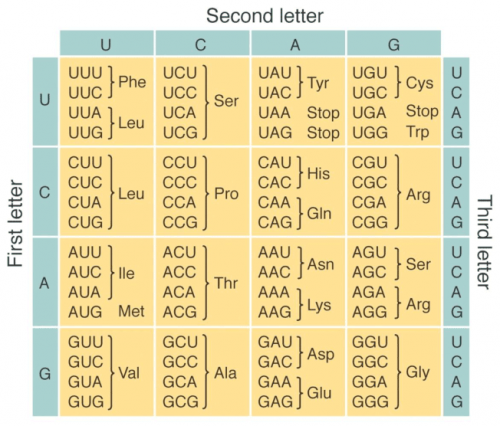Hey, we all know what atheists, gamers, tech people, and scientists have in common: underrepresentation of minority viewpoints and the presence of indignant white male gatekeepers. Now we get to add another category: wikipedia editors. In that great common resource that gets used all over the place as a quick entry to basic concepts, only 15% of the editors are women. The Feminists Engage Wikipedia project sounds like an excellent way to correct that, by educating more women in how to edit wikipedia and increase the range of contributions.
Note that this is a positive effort. No one is proposing to go in and destroy the patriarchal power structure of wikipedia or anything like that — they are simply trying to get more individuals from wider backgrounds to add topics of interest. All good, right? Exactly in the collaborative spirit of wikipedia?
You’d think so, but they’re already getting pushback. A few people are resentful and think that the initiative will lead to lots of inconsequential topics to clutter up wikipedia — how dare someone think a black feminist writer might be worthy, when we’ve got to document every episode of My Mother the Car? The guys are getting busy strategizing.
Those of you who are interested might follow Moya Bailey on her blog and on twitter…and participate!
(Thanks to Dana for making me aware of this!)





